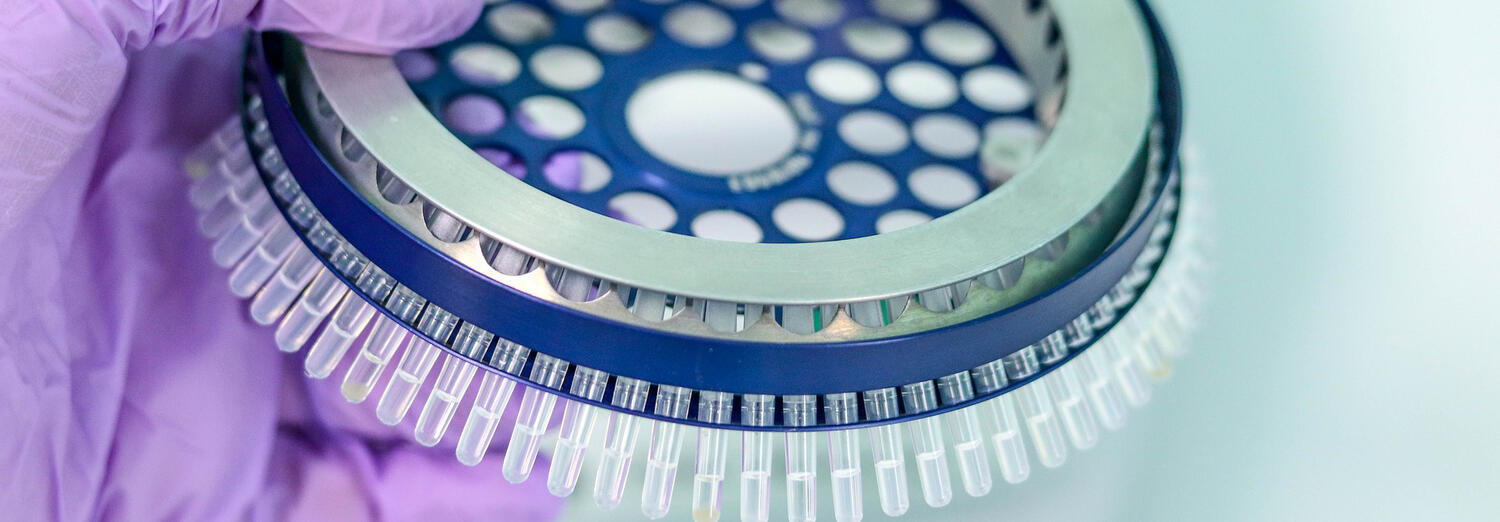
- #Nightingale open science aimurgia financialtimes trial
- #Nightingale open science aimurgia financialtimes series
The results obtained by PCA analysis are shown in Figure 6.įurthermore, in this circumstance, the sensing system demonstrated its ability to detect microbial contamination within food samples. For this reason, to get a simplified representation of the recorded multidimensional data set, multivariate data analysis techniques were applied. but only the first 10 cycles have been considered here for the data analysis.
#Nightingale open science aimurgia financialtimes series
A series of measurements cycles can be applied to the samples. These values are the raw data (CV) of the measurements and they correspond to the fingerprint of the sample as the specific profile of the solution. When the sensor was soaked in the solution, the different voltage inputs were applied, thus, causing different values of current. The overall collected data was treated, in order to retain only the most significant parts, and then was analyzed. Samples were then analyzed with the BIONOTE-L sensor. Samples were prepared contaminating RTEs and fresh salads homogenates with each bacterial strain, in order to obtain four final concentrations (10 8, 10 6, 10 4 and 10 2), as detailed in the Methods Section.
#Nightingale open science aimurgia financialtimes trial
Due to the trial extension over time and the strict requirement to work on fresh products, salad samples were purchased on different days, being careful to always select only those matching the packaging date. RTE baby romaine lettuce and its fresh counterpart were selected among the products commercially available in Italian supermarkets. Since the experimental calibration stage of the study highlighted the ability of the electrochemical sensor to detect microbial contamination, even at low concentrations, it was possible to move the measurement target from a controlled standard solution to a more heterogeneous real sample. The results showed the sensor ability to detect leafy green salad bacterial contaminations with adequate sensibility, even at a low concentration. In this context, the solution proposed in this work is a novel electrochemical sensing system, able to provide real-time information on microbiological risk, which is also potentially embeddable in an industrial production line. Nevertheless, the most common laboratory techniques used for the detection of pathogens are expensive, time consuming, need laboratory professionals and are not able to provide prompt results, required to undertake effective corrective actions.

Microbiological safety requires a systematic approach that encompasses all aspects of production, processing and distribution. The reason is that these products retain much of their indigenous microflora after minimal industrial processing, and are expected to be consumed without any additional treatment by consumers.

Fresh and ready-to-eat leafy green vegetables are generally perceived as salutary and safe, although they have been recognized as a source of food poisoning outbreaks worldwide. Nowadays, the growing interest in a healthy lifestyle, to compensate for modern stressful habits, has led to an increased demand for wholesome products with quick preparation times.


 0 kommentar(er)
0 kommentar(er)
